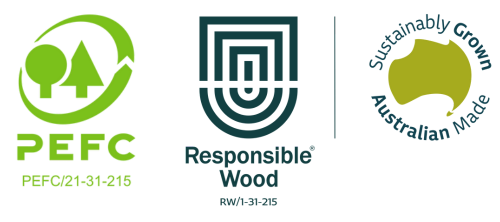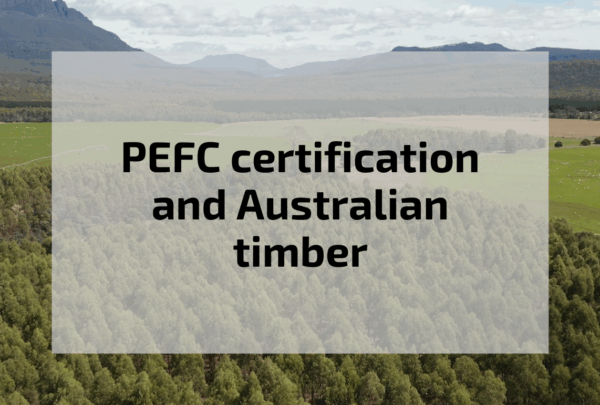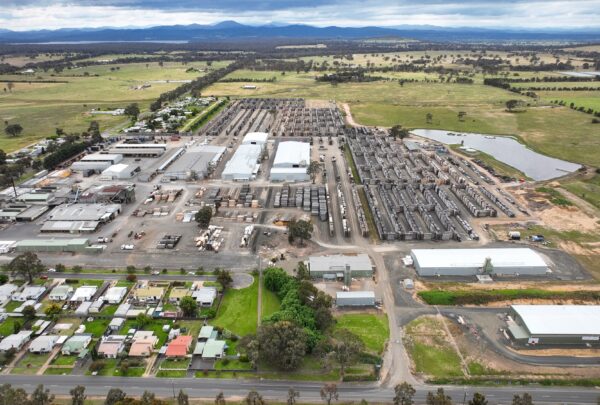Sustainability reporting is now a core part of how businesses show accountability. Frameworks like the Global Reporting Initiative (GRI), IFRS–SASB, CDP and Europe’s new ESRS are designed to help companies measure and communicate environmental, social and governance (ESG) performance.
For Australian timber manufacturers, suppliers and builders, PEFC Chain of Custody certification, endorsed locally by Responsible Wood under AS 4707, already covers much of what these frameworks are asking for.
The Programme for the Endorsement of Forest Certification (PEFC) is the world’s largest forest certification system, designed to ensure forests are managed sustainably across environmental, social and economic pillars. PEFC works by endorsing national standards, to verify that forests are regenerated, ecosystems are protected, biodiversity is enriched, and local communities and workers are respected.
Its Chain of Custody certification provides transparent traceability from forest to finished product, giving specifiers, manufacturers and consumers independent proof that timber is responsibly sourced and meets rigorous sustainability criteria.
In Australia, Responsible Wood is the official PEFC-endorsed governing body.

PEFC certification provides an independently verified link between forest, mill and end product. It confirms that timber has come from responsibly managed forests and that every step in the supply chain meets strict environmental, social and ethical standards.
That traceability and assurance feed directly into key ESG goals. Under the GRI Standards, for example, PEFC supports:
Within the IFRS–SASB and CDP 2024 frameworks, PEFC data helps companies disclose information on supply-chain risks, embodied carbon and the sustainable sourcing of raw materials. This is particularly useful for construction, architectural and manufacturing businesses responding to government or client ESG requirements.
While Europe’s ESRS rules don’t apply in Australia, their focus on life-cycle impacts, biodiversity and circular economy closely aligns with local initiatives such as Green Star, NABERS and the Infrastructure Sustainability (IS) rating tool. Businesses that use PEFC-certified timber are already positioned to meet these evolving expectations.
Yes, ASH is proudly PEFC certified. Our PEFC certification however, is more than just displaying a logo.
It represents a commitment to transparency from forestry and plantation management through to manufacturing at our Heyfield facility in regional Victoria.
It also supports Australia’s transition toward lower-carbon construction by making it easier for architects, builders and developers to specify responsibly sourced, renewable materials that are also aligned with world-leading sustainability principles.
By choosing PEFC-certified Australian hardwood, companies contribute to a stronger local supply chain, regional employment and long-term forest health. It’s a practical way to demonstrate sustainability without adding layers of red tape or reinventing reporting systems.
PEFC gives Australian timber businesses a ready-made framework to back up their ESG claims with real evidence — linking responsible forest management, ethical production and climate-positive design.
"*" indicates required fields

